Raising Edna: 8 steps for diagnosing a long-dead car
While picking up some parts for my son’s restoration project, in a neighborhood full of race shops, I was suddenly compelled to stop. Some cars, as we all know, simply have a presence. This one was a 1964 Imperial in Pine Mist green with Pearlescent White leather interior. Even from 50 yards out she had undeniable curb appeal. I am a child of the Sixties and have spent decades ogling Cadillacs and Lincolns of the period, but this Imperial left me dumbstruck, confronted with something that felt fresh.

The name “Edna” came to mind. I went into the shop and met the owner, and like a scene from Stephen King’s Christine, a gray haired gentleman came out and proceeded to tell me how special this big old girl was. She sat there with five other dead Imperials, a product of one man’s languishing collection. All had rigor mortis and some were rougher than rough. Edna had 64,000 original miles—a rust-free, two-owner Oklahoma car with complete documentation that included the owner’s manual and warranty booklet.
He set a fair price, so all I needed to do was to confirm that Edna’s mechanicals were not trashed. Was the engine sound? Was the transmission shot? How does one even determine these things on a dead car sitting on a lot? Let’s talk about ascertaining whether a car is jewel or junker, and how to check for signs of life without wrecking its internals.
Understand a dead engine
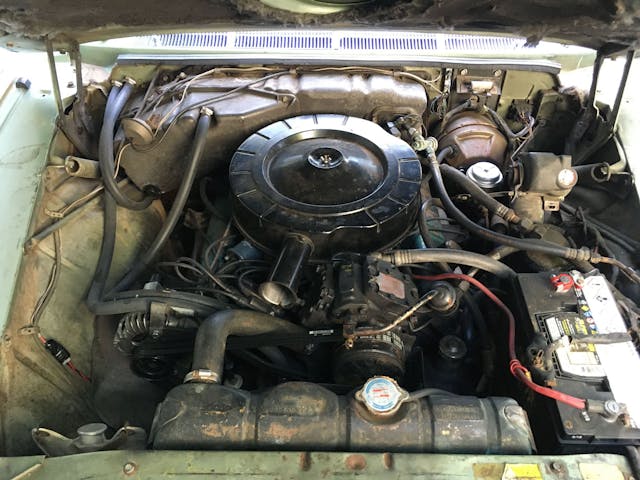
An engine is really just an air pump, or rather a dumb air compressor rated at around 150 psi. Attached to it are some gadgets to feed in fuel and ignite a spark at the correct time. The “compressor” parts rarely go bad, so usually it’s possible to revive an old car’s engine if approached carefully.
A wrecked bottom end (crankshaft and related rotating group parts) can make things seriously complicated. Everything that bolts on (carburetor, alternator, distributor, etc.) can pretty easily be changed out, but if the rotating group is trashed, you will be in for a ton of work. At the bare minimum, confirm that the engine turns over and makes compression without undo noises coming from the bottom end. Most cars were running when they were last abandoned and usually can at least process some air.

If you would rather skip the compression test, you can try to run the engine on its own. Just remember that no matter what year the car was built, an engine is a precise piece of machinery made with fine tolerances and carefully chosen materials. You do not want to destroy it in your attempts to get it running. Be methodical. Consider that if all goes well, in a few hours all of these complicated components will be yours.
Oil
First, check the oil dipstick to make sure the oil is useable. Purists often scream at the idea of running a car on old oil, but if you have the permission from the owner to try to start the engine, much can be learned. The loads put on a crankshaft at idle speed are so small that there is little risk of hurting the bearings (as long as there is oil pressure). If the oil smells like oil (and not like gasoline) and does not appear milky gray (indicating the presence of water), it is likely safe to move on to the next step. If it is black as tar and just as thick, don’t proceed—oil has to flow to do its work.

Check fuel
Next inspect the fuel system. If it has a mechanical fuel pump, you’ll want to disconnect the fuel line running from the tank and from the carburetor (that is, the feed line from the gas tank to the pump and the discharge from the pump to the carburetor). Remember, the fuel tank is currently full of toxic liquid, not gasoline. Imagine a gallon of milk two years past its expiration date. Even modern ethanol blend gasolines absorb water in a few weeks, so the last thing you want to do is to pump any of this poison out of the tank and into what might soon be your fuel system. Isolate the fuel feed to the pump before you try to crank the engine (whether it is an electric or a mechanical pump) so the toxic gas stays in the tank. You’ll deal with it later.
Battery
Once you feel confident that you will do no harm by cranking the engine, install a known-good battery. I do not recommend jump starting a long-dead battery, even though you may be tempted to do so. The risk to the donor/charging car is too great, and the subject/charge car won’t benefit either. If you have no other choice and are willing to roll the dice, give the dead battery 15 minutes of charge from the donor car’s battery first with the engine running; its alternator will juice up the old battery.
Feel the side of the charge battery during this exercise. If starts to get hot to the touch, stop the charging. The old battery may have a dead short inside, which may have fried your good car’s alternator. (See why we don’t recommend this?)
Whether you jump it or use a known-good battery, confirm that the cables are reaching their intended destinations. The positive cable should go to a solenoid or to the starter itself and the negative cable should go to a good ground (unless it’s an old European car with positive grounding—check first). Don’t blindly rely on the color of the cables. Confirm by at least finding the ground cable’s terminus. Pull on the car’s battery cables to make sure they are attached, and don’t be surprised if corrosion has rendered connections useless. I often find battery cables routed and connected six ways from Sunday on many old cars.
Connect the battery, turn on the headlights, and look for strong illumination that will confirm that your ground strap is working. Turn the key to the “on” position without cranking and see if the dash lights come on. (These are the so-called “idiot” lights for the oil pressure and alternator.) Bump the starter for a moment (but don’t fully crank the engine) to confirm that current is reaching the starter motor. If not, you may have more complicated issues to diagnose.
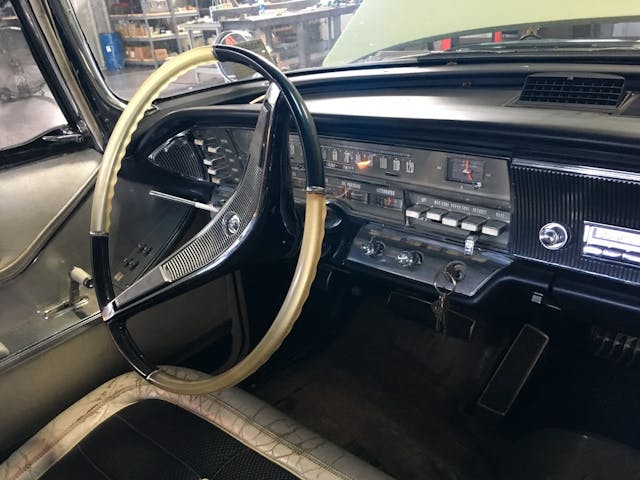
Check for spark, prep for start
If all looks good, you are now ready to crank over the engine to check for spark. Wear some safety gloves and pull one of the spark plug leads (or the center wire to the distributor, aka the ignition coil wire) and put a Phillips screwdriver up into the lead, holding the shaft of the screwdriver blade about 1/4 inch away from some nearby metal (chassis ground). You can also do this with a spare spark plug, if you brought one along.
Have a buddy or the owner crank over the engine (throttle fully open to reduce the vacuum/pumping load on the starter, no fuel added yet) and watch for a spark jumping the gap. While the engine is cranking, listen for any odd noises (clunks, rattles, wheezes, etc.) that may indicate internal damage. The engine may crank slowly, but let it turn over for five seconds at a clip with a thirty-second wait time between cranks to save the starter and the battery’s voltage. Do this three or so times to get oil pressure to a useable level inside the engine. At some point amid this exercise the oil pressure light on the dash should go out, indicating proper oil pressure. These sensors kick over at around 5 psi, which is the bare minimum. If the oil light does not go out, we cannot in good conscience recommend you go any further. Knowingly starting an engine without oil pressure is mechanical homicide.
While the engine is cranking, pay close attention. The starter motor should push hard against each cylinder on its compression stroke, so you should hear and feel a regular pattern to the cranking noise. A skipped (or sped-up) moment indicates a weak cylinder. For one of these cranking efforts, pull the oil filler cap off of the cam/valve cover and observe what is coming out of the fill hole. A high flow of crankcase gases usually indicates worn piston rings (compression bleeding past the piston on compression; you can check this again if you get the engine to run).
If you have a strong spark across your quarter-inch gap (blue in color is best), you are probably good to go for a proper starting attempt. Check for fluid in the radiator. (Not applicable for you air-cooled fanatics.) If the radiator is dry, you can add water for now, or you can just run the engine for about 30 seconds maximum with no water.

Crank
How do you get fuel into the engine now that you’ve disconnected the fuel lines (see earlier step)? For carbureted engines, you can simply pour about three fluid ounces of gasoline (a double shot) down the carb’s throat while you hold the throttle open (no cranking during this). Depending on the size of the engine, you may need more—use your best judgment. The minimum air-to-fuel ratio for an engine to run is around 8:1, and the maximum is around 15:1, so you have a pretty wide range within which to work; you can almost have twice as much gas as you need and still get things started. Release the throttle so it closes (creating a vacuum in the intake manifold that will evaporate your liquid gasoline) and crank away to see what happens. Make sure to have a fire extinguisher handy, and remember that the universal “you break it-you buy it” clause of car dealing applies here. I usually let the owner do the cranking to keep the liability trail clearly defined.
Listen while the engine is being cranked. If you are close to the correct amount of fuel, the engine will “chase” the starter as it tries to run and turn over faster than it did when you were dead-cranking it. If you come to find that you put in too much fuel, you can stop cranking while some of the fuel evaporates and try again in 20 seconds. If you put in too little fuel, the engine will “dead-crank” again and offer no indications of wanting to run. In my 50 years of experience in doing this, I lean toward slightly over-dosing the engine so it can go from “too rich” to somewhere into the “ignitable” range as I crank it and the engine processes the fuel. Of course, more fuel increases the risk of fire as raw gas blows into the unknown exhaust system, so be forewarned. Don’t go crazy with the fuel, because it will wash what little oil is present from the cylinder walls, which means greater risk of damaging piston rings and other components. Be prudent, be patient.
Listen
If you are lucky, the engine will catch on and start at some point. Maybe it will run for ten or so seconds on your shot of fuel. During that running time, simply listen to the engine. Are the rods knocking? Is there a massive hiss that suggests an exhaust leak? Is coolant gushing out of the side of the engine block? Take note, and then shut off the engine if it hasn’t shut itself off already. I do not suggest that you run it for long in this state, because you will need to get it home do a lot more work before you really run the car. Don’t be tempted to take it for spin—remember that we have not checked for brakes.

Use your judgement
If all indications are good, you can explore a little further. For Edna, I brought along a small gas tank I scored from a junk lawn tractor, complete with a shut-off valve. After determining that the car would run without catastrophe, I used this to gravity-feed her some fuel for an extended period of time. I was confident enough to do this because 1) the 413 V-8 made no strange noises when it ran on my priming attempts; and 2) Imperials of this vintage came with an oil pressure gauge that in this case, showed strong oil pressure. With my “pony tank” leaned up against the windshield, I was able to run Edna for around five minutes, keeping an eye on coolant temperatures all the while. During this time, I was able to confirm that the automatic transmission appeared to latch into each gear; that the alternator was not working (a voltmeter on the battery showed only 12.3 volts, not the expected 13.5); and that the radio, heater fan, power antenna, horn, and at least one of the power windows were all operational.
I was happy to pay the owner’s full asking price but had—with him as a witness—diagnosed some major problems. If I was feeling up to it we could have had a frank discussion about a more realistic price for the car, or I could have had the good sense to walk away (which, in 73 car purchases so far, I have rarely demonstrated).
Be smart, be prepared, and be careful, and you might be surprised at what you learn from a car long dead. I have feeling Edna will teach me plenty. As an old race mechanic once told me, “All engines want to run …”
Norman Garrett was the Concept Engineer for the original Miata back in his days at Mazda’s Southern California Design Studio. He currently teaches automotive engineering classes at UNC-C’s Motorsports Engineering Department in Charlotte, North Carolina and curates his small collection of dysfunctional automobiles and motorcycles.

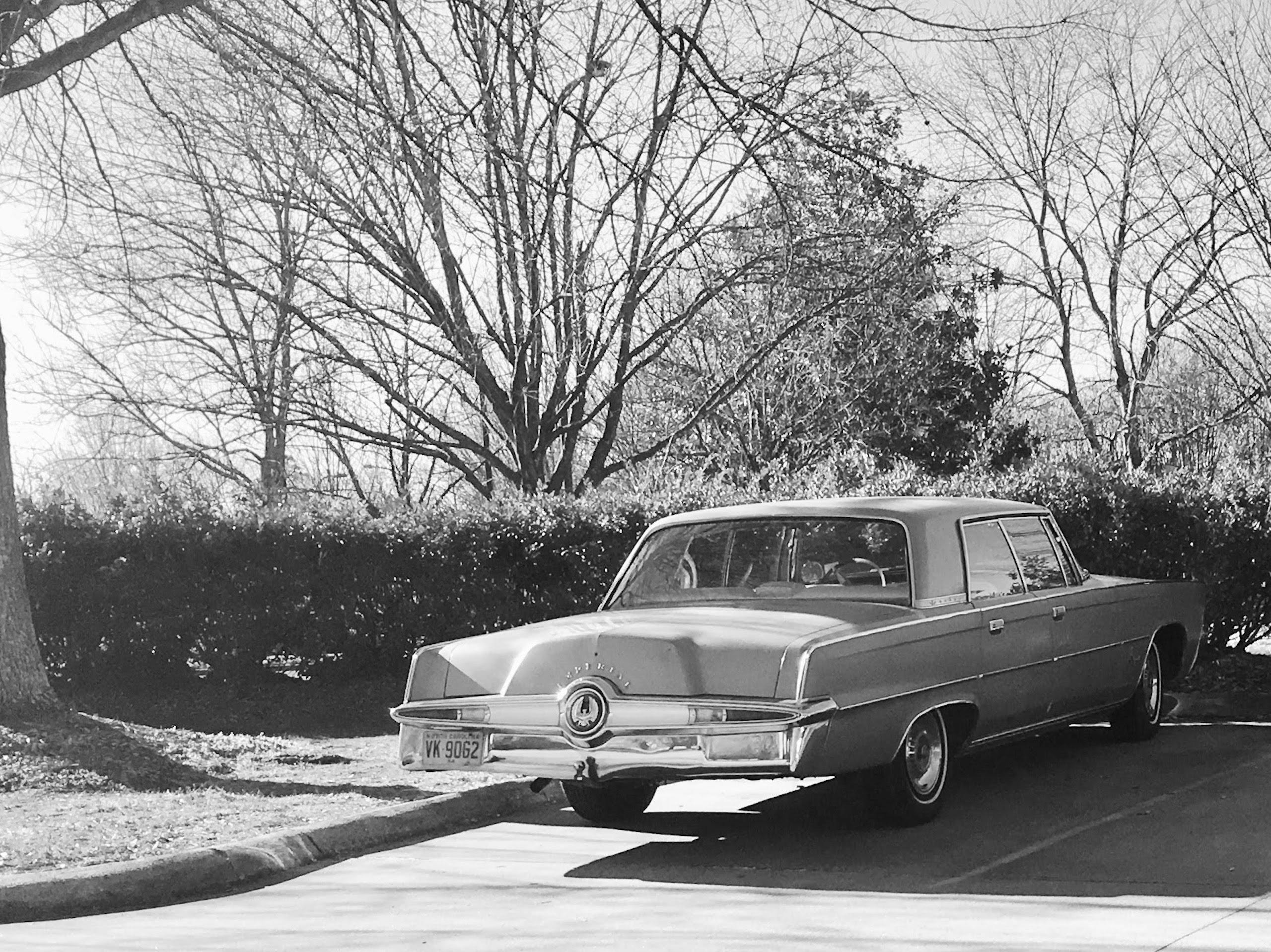
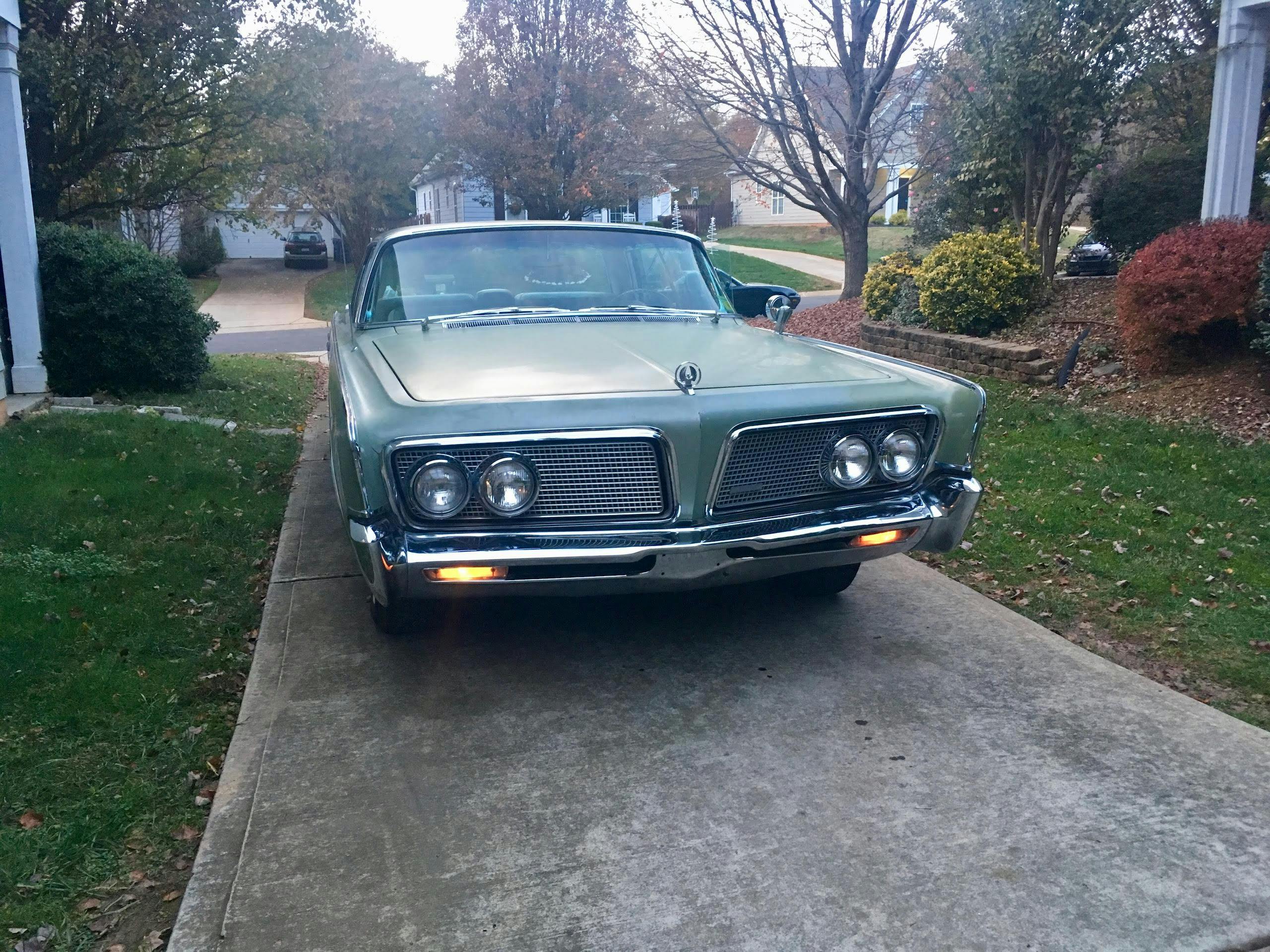
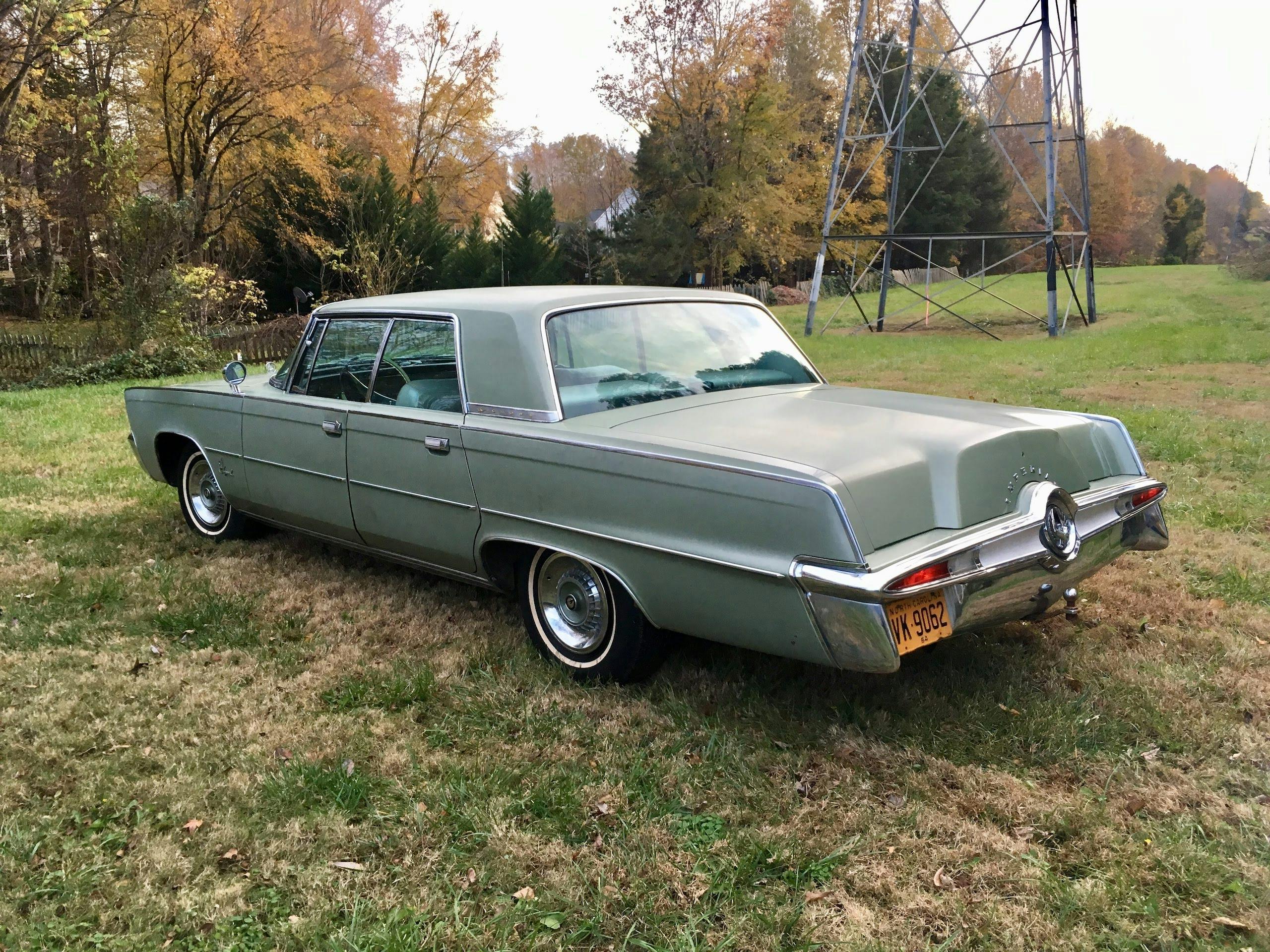
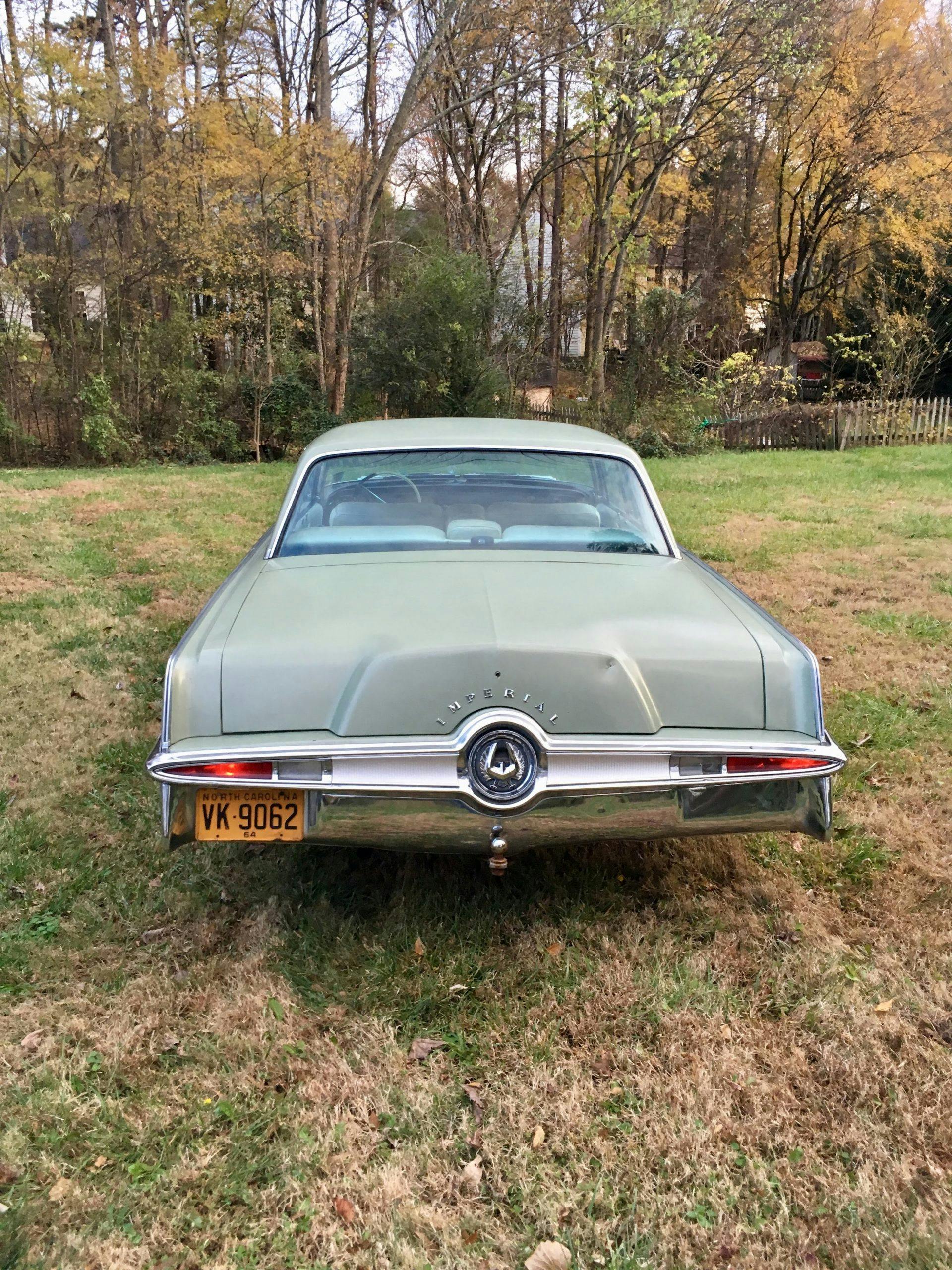
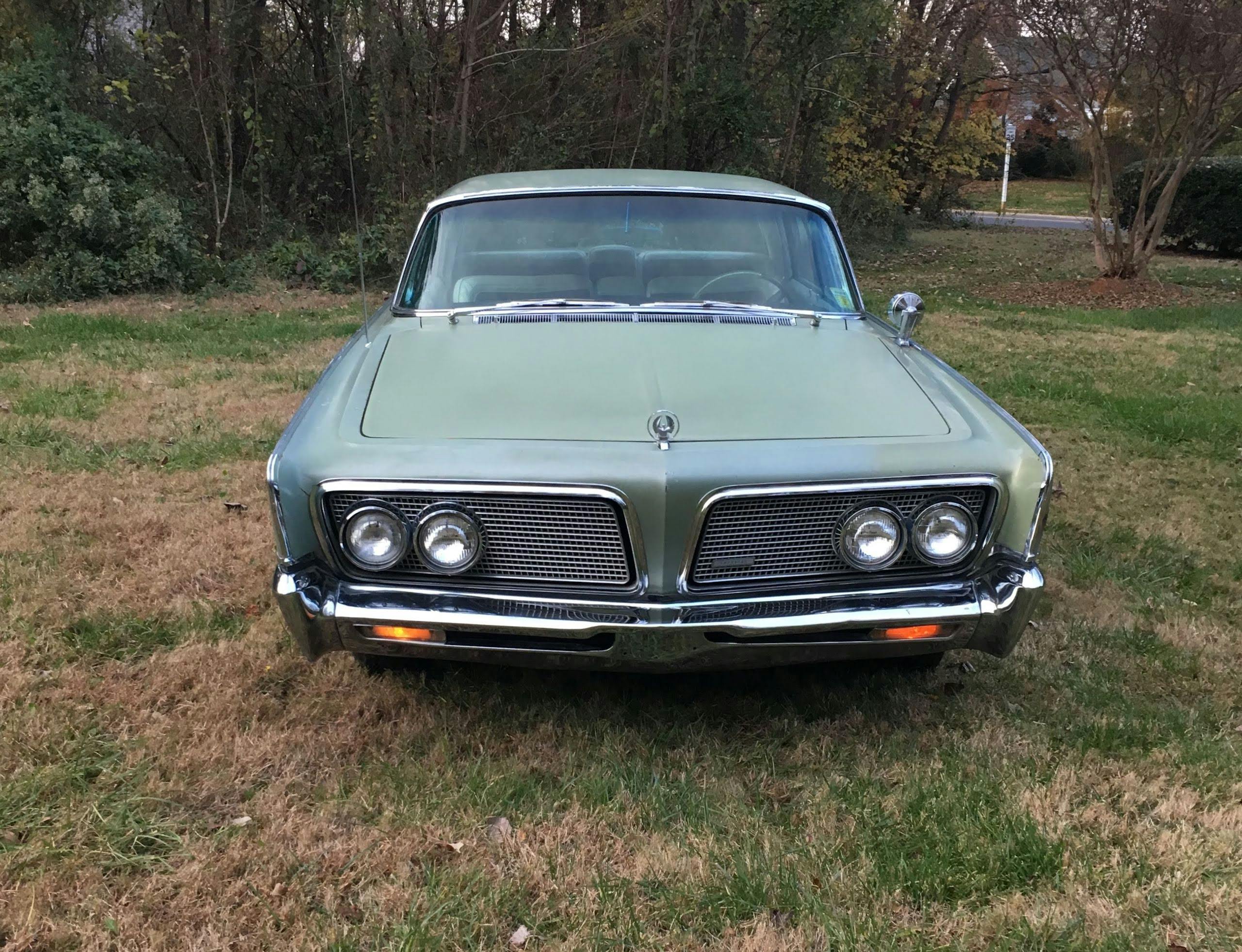

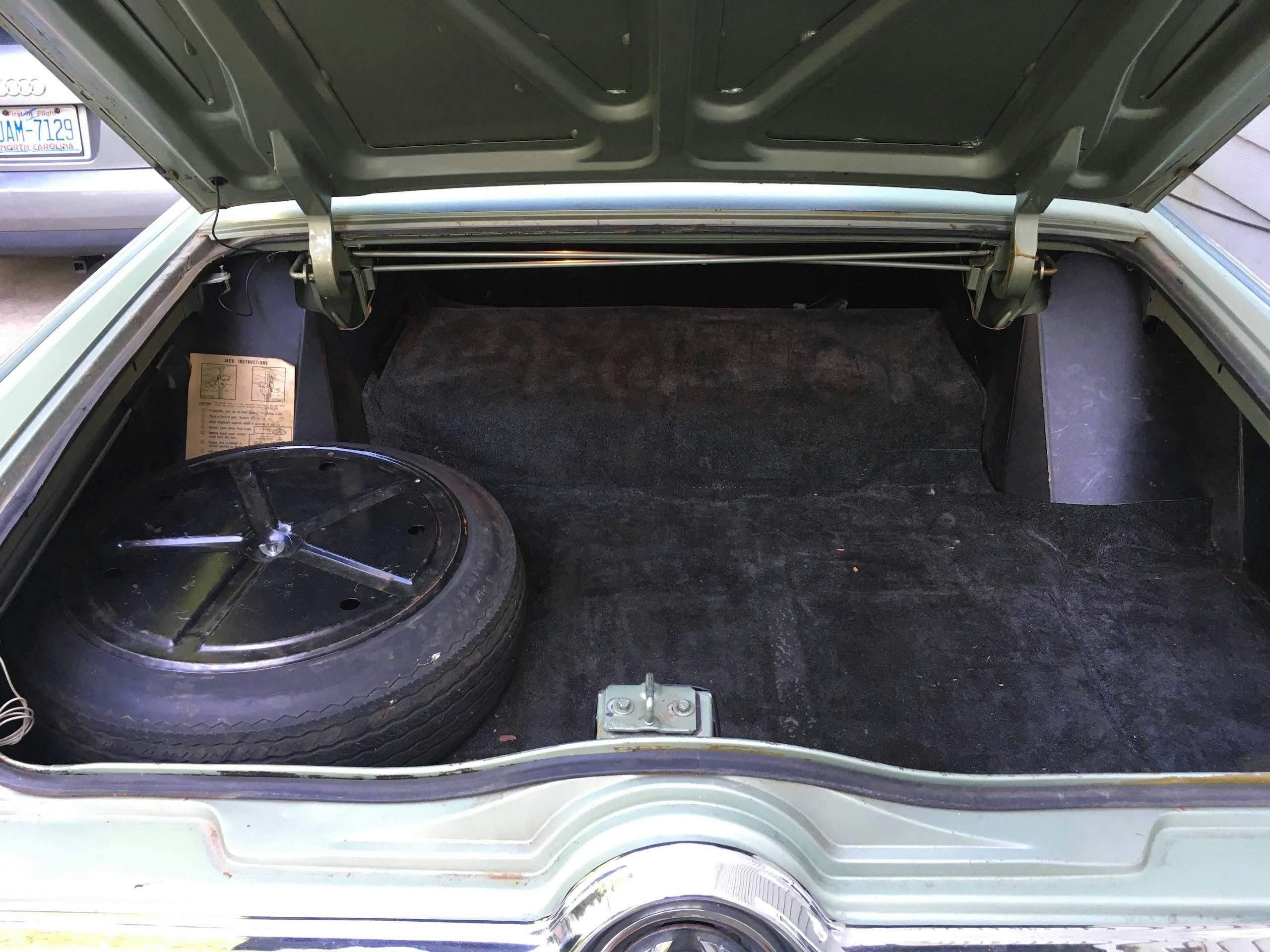
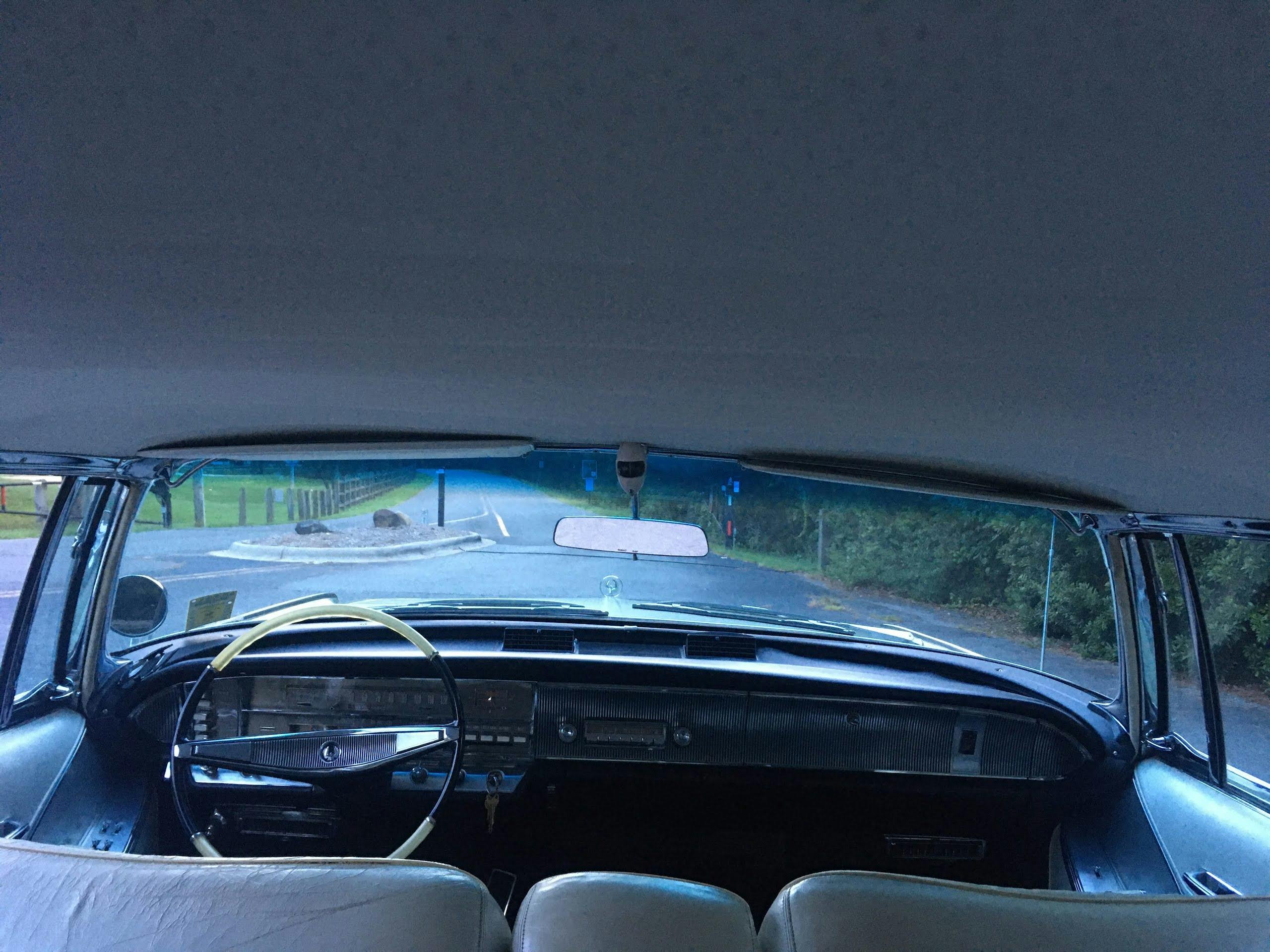
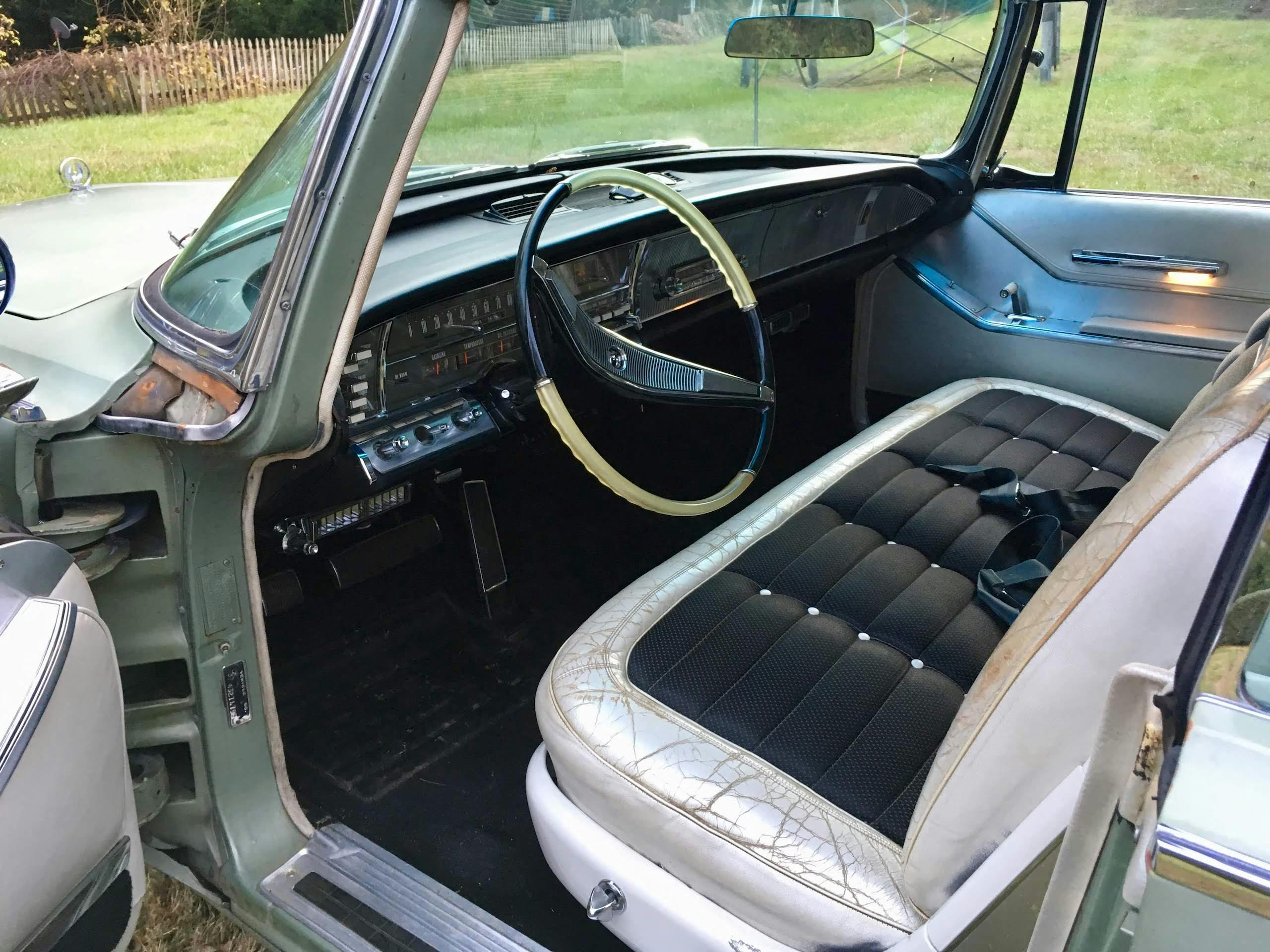
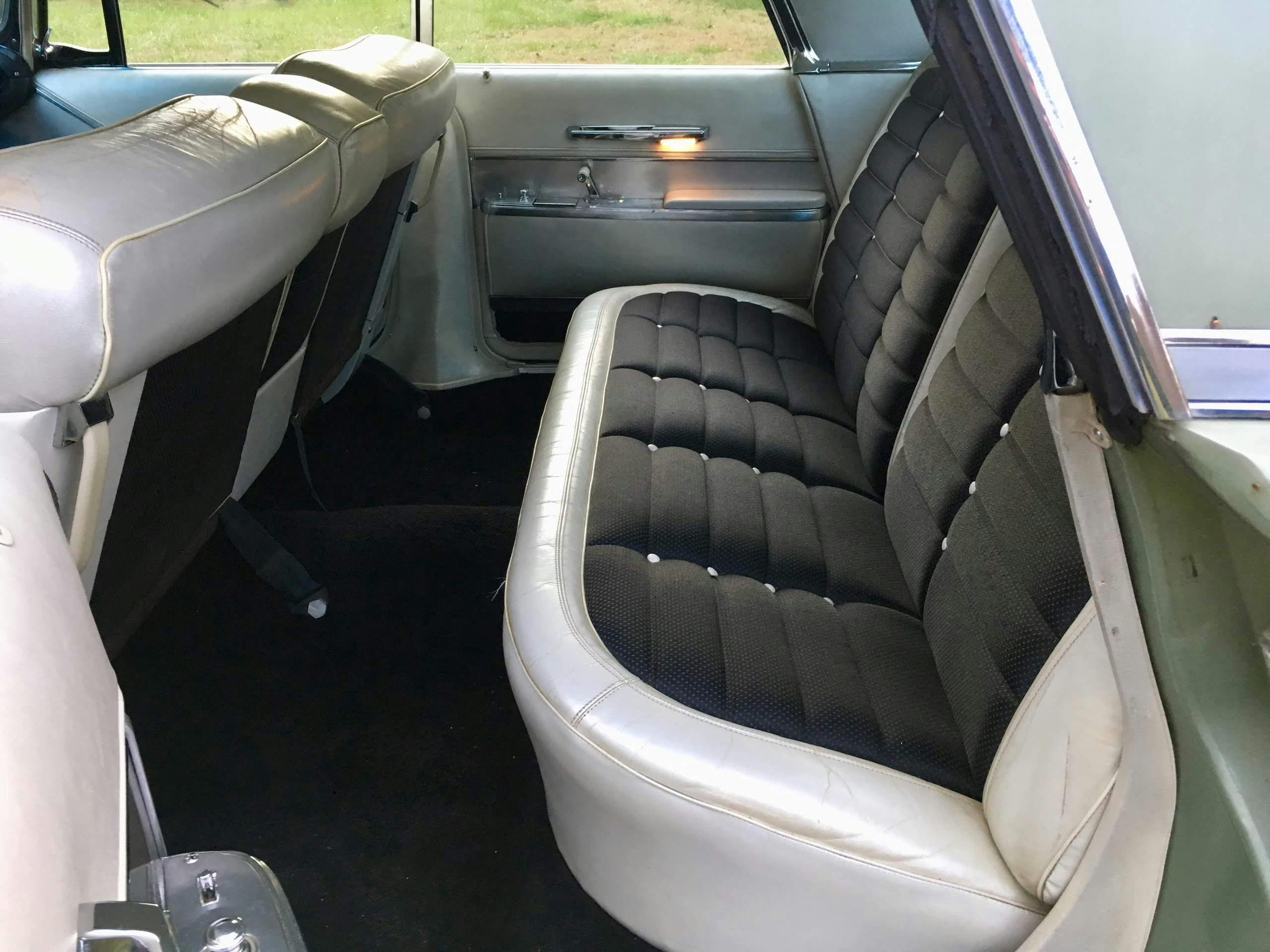
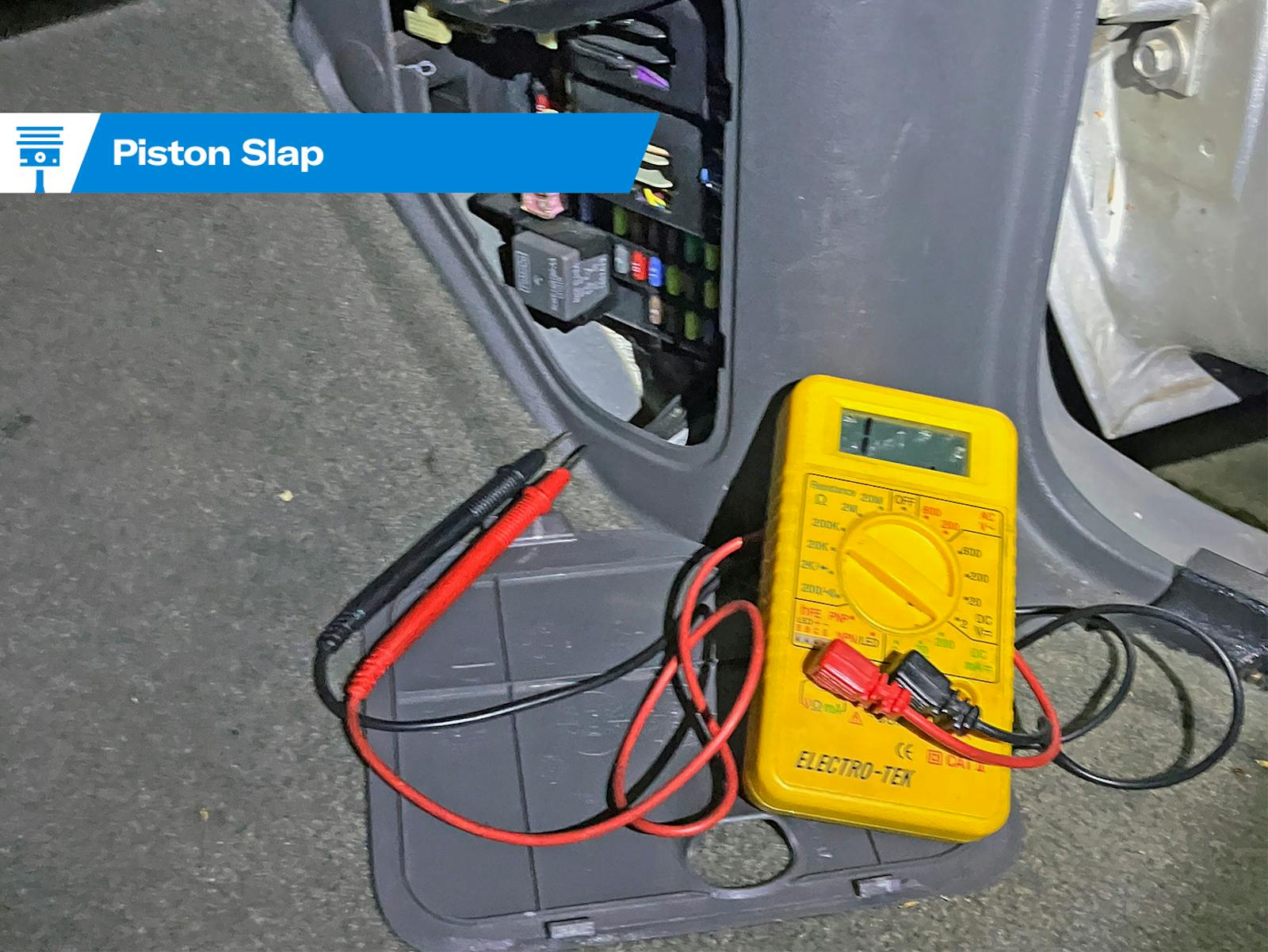

Looks like you found a jewel! I once had a 1962 Chrysler Imperial Crown 4 door car. It was one of the most comfortable cars I have ever owned. And that 413 gives it some punch you wouldn’t expect for a vehicle of its size. Enjoy!
Very good article. I know a bit but learned a lot.
Perfect timing! I am going to look at a long-stored Henry J very soon and will take this info along.